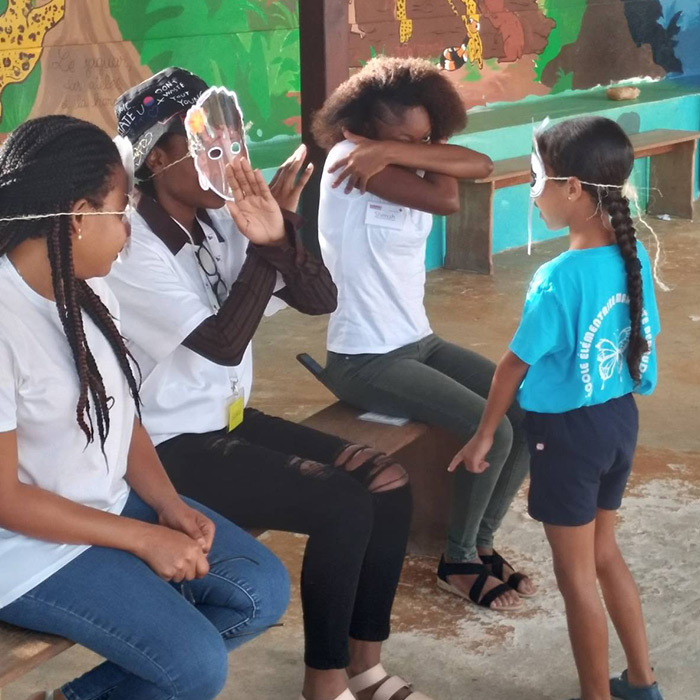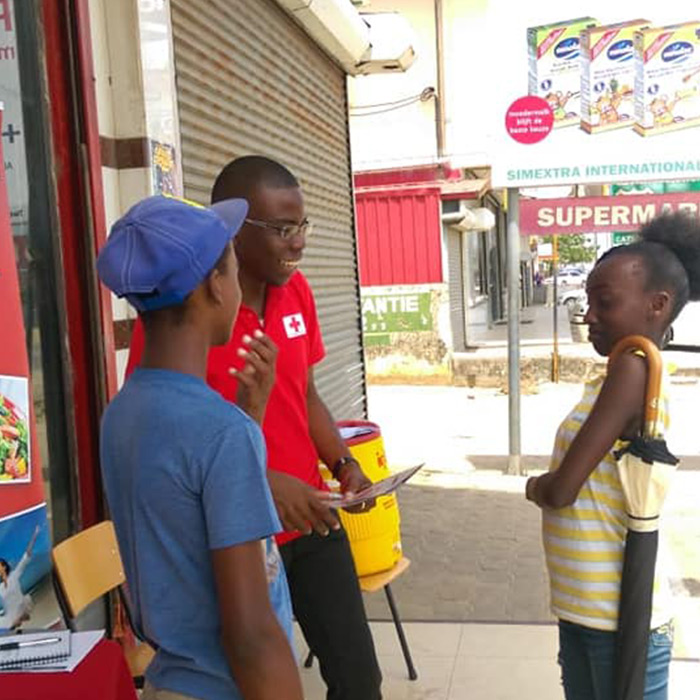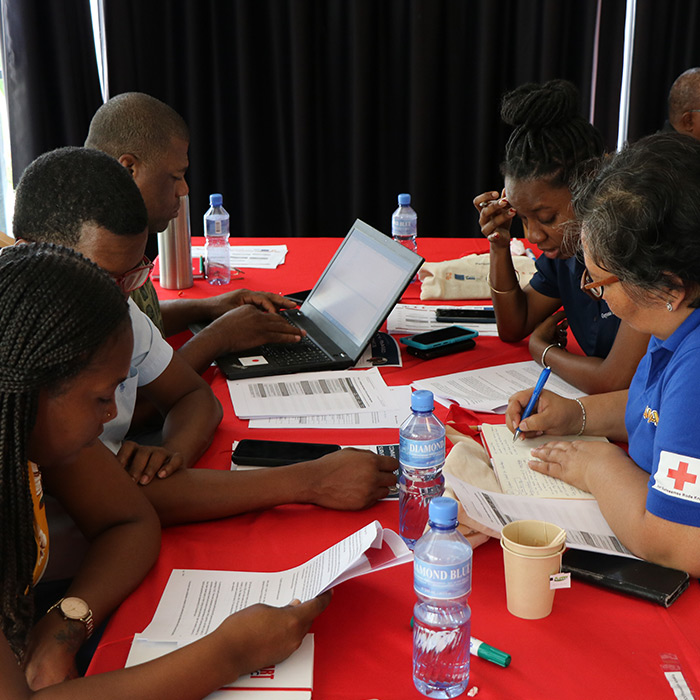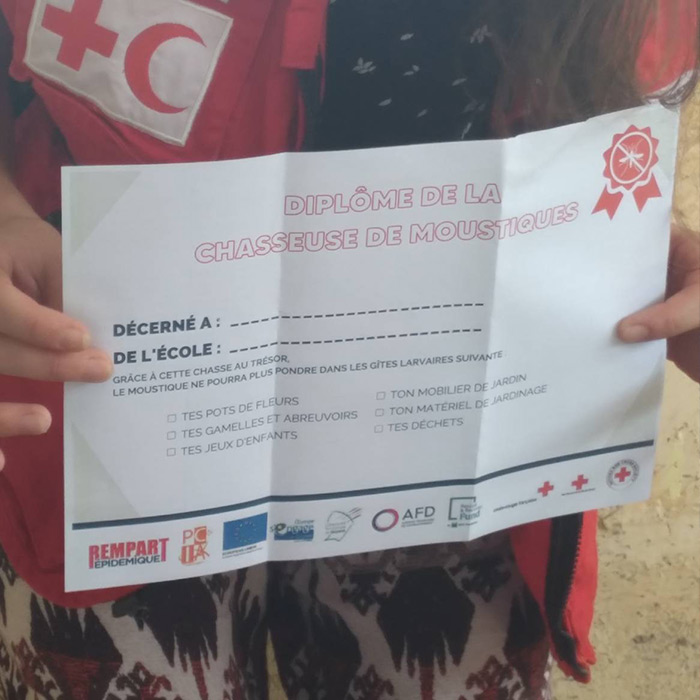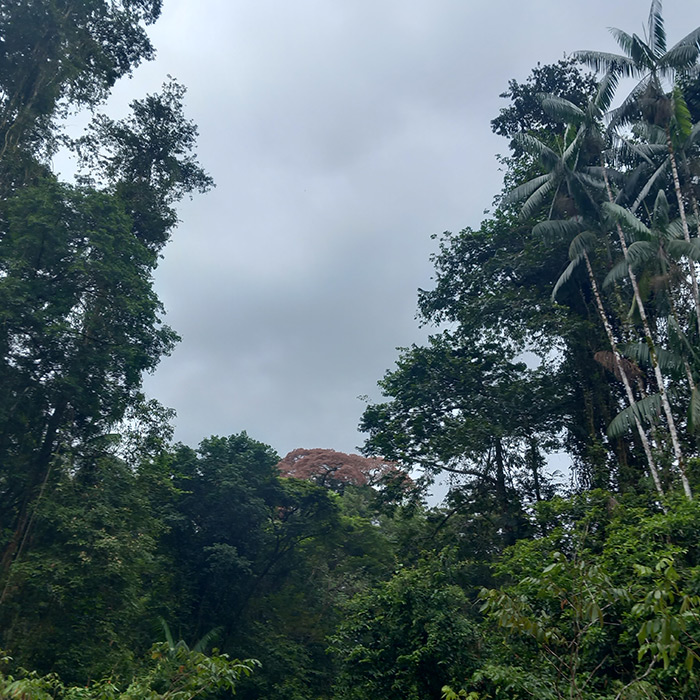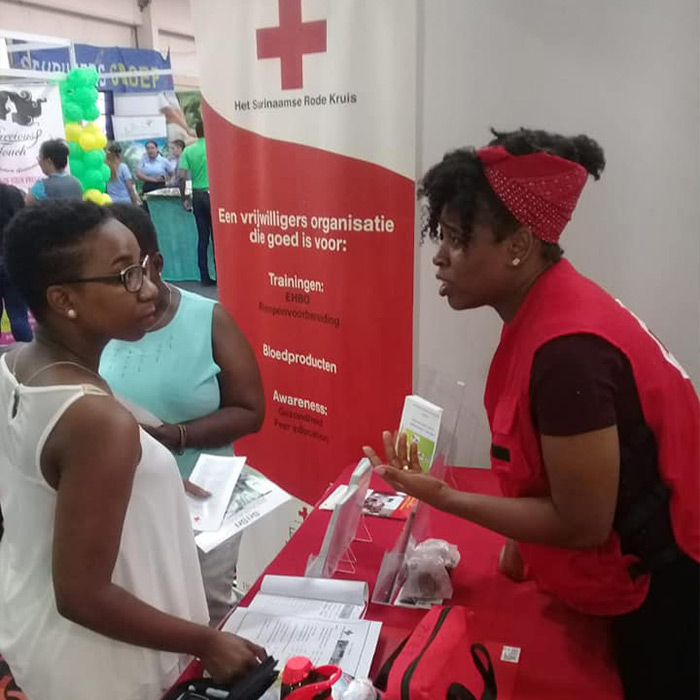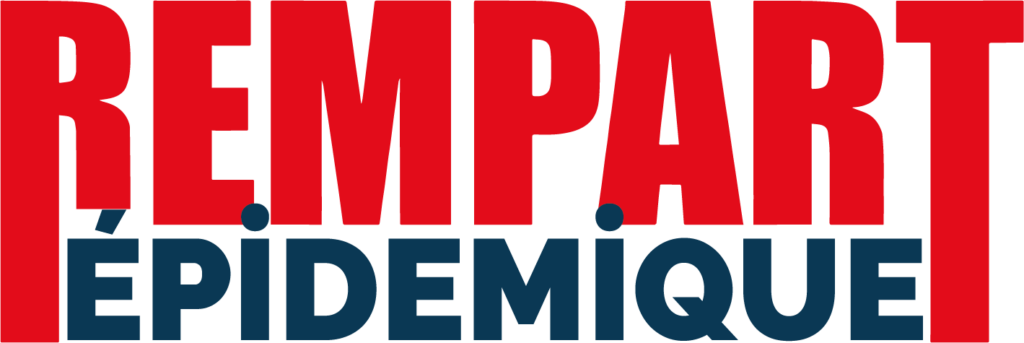Our 2nd webinar will start in :
- 00Days
- 00Hours
- 00Minutes
- 00Sec.
MEXICO, GUATEMALA & BELIZE.
ONE HEALTH APPROACH LATIN AMERICA
'Alianza One Health Selva Maya' Project
ALIANZA One Health Selva Maya (AOSHM) dialogue platform between Mexico, Belize, and Guatemala.
A 'ONE HEALTH' approach to ensure the conservation, protection, sustainable use, and exploitation of natural resources in the Maya Jungle.
With more than twenty ecosystems, the Selva Maya – the largest tropical forest in Central America shared by Mexico, Guatemala, and Belize – is a biodiversity hotspot.
Unfortunately, its natural resources are heavily threatened by deforestation, forest fires, tourism, and fragmentation of ecosystems for agriculture and livestock. Moreover, the tropical climate, climate change, and human activities that promote greater contact between individuals and pathogens promote vector-borne diseases. (such as dengue, malaria, yellow fever), particularly zoonotic diseases.
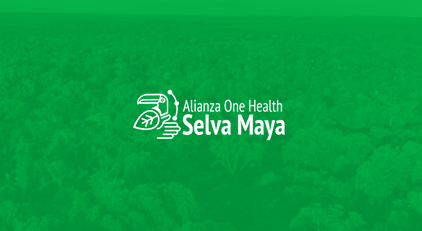
On August 22, 2022, the ‘Alianza One Health Selva Maya’ (AOHSM) platform was launched. It is a dialogue space intended for decision-makers, policymakers, scientists, and other communities from Belize, Guatemala, and Mexico. The AOHSM is meant to facilitate the engagement and interaction of these actors to adopt rapid and appropriate intervention measures in accordance with the collaborative ‘One Health’ approach.
3
Countries
1
Dialogue platform
6
Objectives
THE ACTIVITY
The AOHSM is a facilitator of interactions and dialogues between different actors from Belize, Guatemala, and Mexico to implement the 'One Health' approach in the Selva Maya.
Organization of events, courses and training related to animal, human and environmental health
Setting up of various thematic discussion forums
Case studies posted online to generate interaction with/among specialists
THE OBJECTIVES
Objective #1
Contribute to improving the environment, the well-being of wildlife, flora, and humans to strengthen the resilience of the Selva Maya ecosystems against threats such as climate change and future epidemics and pandemics.
Objective #2
Improve the well-being of people, the environment, and wildlife in the Selva Maya.
Objective #3
Bridge the gap between science, communities, policy, and practice.
Objective #4
Improve epidemiological surveillance and the rapid response to emerging or re-emerging infectious diseases, particularly of zoonotic origin.
Objective #5
Foster the development of a regional 'One Health/Une Seule Santé' identity.
Objective N°6
Disseminate the 'One Health' approach among AOHSM partner organizations and the general public
Main lessons learned
and best practices
Collaborate well
The importance of collaboration between interdisciplinary sectors such as public and environmental health, as well as veterinarians, in the control of zoonotic diseases.
Prepare for success
To succeed, One Health needs both a top-down and bottom-up approach. It is not only the formal system of government that is needed, but also individuals in their various disciplines at the field level who can change their ways to make it work.
Knowing how to raise awareness among the major players
One Health awareness plays a major role in reinforcing the important role of veterinarians and family physicians in the fight against zoonotic diseases.
Establish a network
Importance of lobbying key ministries and establishing interdepartmental collaboration.
Establish a good synergy
The importance of establishing good working relationships between government veterinary services and national planning and environmental protection agencies.
Communicate well
Use the full potential and effectiveness of the distribution channels.
RESULTS
ABOUT THE PROJECT "ONE HEALTH, ONE CARRIBEAN, ONE LOVE"
12 national One Health community projects were created, developed and implemented by national One Health networks.
2
One Health Webinars
8
Promotional videos and
20
Training videos.
300
Hard copies of the book “Caribbean resilience and prosperity through One Health” distributed to key One Health stakeholders in the Caribbean.
Strengthening the capacity and skills of veterinary diagnostic laboratories throughout the region through training in quality assurance and biosecurity, proficiency testing, and the introduction of new molecular diagnostic techniques in laboratories.
11
Laboratory technicians trained in quality assurance (QA) and biosafety.
7
Veterinary diagnostic laboratory technicians from Guyana, Suriname and Trinidad and Tobago were trained in real-time molecular PCR technology.
7
National diagnostic laboratories participated in a proficiency testing exercise.
